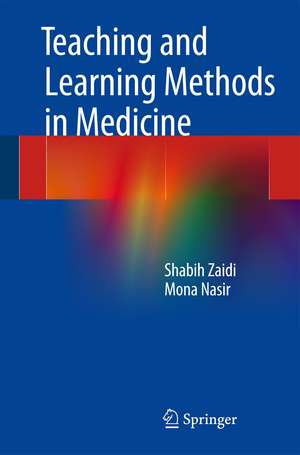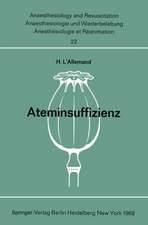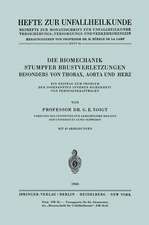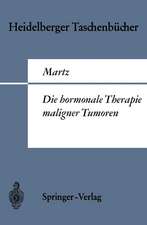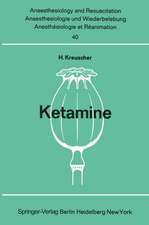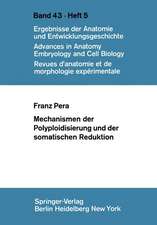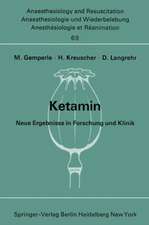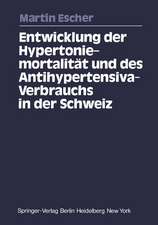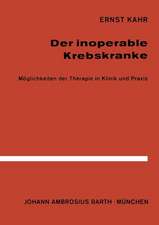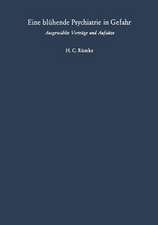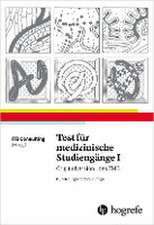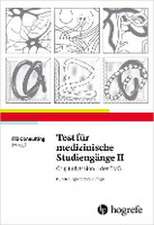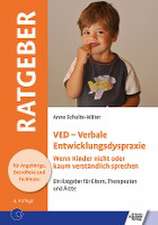Teaching and Learning Methods in Medicine
Autor Shabih Zaidi, Mona Nasiren Limba Engleză Paperback – 31 oct 2014
Preț: 976.78 lei
Preț vechi: 1028.19 lei
-5% Nou
Puncte Express: 1465
Preț estimativ în valută:
186.93€ • 194.44$ • 154.32£
186.93€ • 194.44$ • 154.32£
Carte tipărită la comandă
Livrare economică 15-29 aprilie
Preluare comenzi: 021 569.72.76
Specificații
ISBN-13: 9783319068497
ISBN-10: 3319068490
Pagini: 300
Ilustrații: XVIII, 334 p. 114 illus., 112 illus. in color.
Dimensiuni: 155 x 235 x 20 mm
Greutate: 5.33 kg
Ediția:2015
Editura: Springer International Publishing
Colecția Springer
Locul publicării:Cham, Switzerland
ISBN-10: 3319068490
Pagini: 300
Ilustrații: XVIII, 334 p. 114 illus., 112 illus. in color.
Dimensiuni: 155 x 235 x 20 mm
Greutate: 5.33 kg
Ediția:2015
Editura: Springer International Publishing
Colecția Springer
Locul publicării:Cham, Switzerland
Public țintă
Professional/practitionerCuprins
Introduction.- Evolution of medical education over millennia.- Medical education in twentieth century.- Theories and principles of learning :Pedagogy and Andragogy.- The triangle of medical education.- Curriculum development.- Instructional strategies.- Assessment and evaluation.- Research methodology.- Medical writing.- Evidence Based Medicine.- Communication skills.- Medical ethics, etc.- Case study and a model of COME ( Community Oriented Medical Education).- Some other models eg. MLEs and curricula in the Caribbean medical schools.- Medical education at American University of Barbados.- Some other models to view.- Epilogue.
Textul de pe ultima copertă
This book considers the evolution of medical education over the centuries, presents various theories and principles of learning, and discusses different forms of medical curriculum and the strategies employed to develop them, citing examples from medical schools in developed and developing nations. Instructional methodologies and tools for assessment and evaluation are discussed at length and additional elements of modern medical teaching, such as writing skills, communication skills, evidence-based medicine, medical ethics, skill labs, and webinars, are fully considered. In discussing these topics, the authors draw upon the personal experience that they have gained in learning, teaching, and disseminating knowledge in many parts of the world over the past four decades.
Medical education is an ancient philosophy originally taught through a process of apprenticeship and long association between tutor and pupil. Since the introduction of problem-based learning in the 1950s, the scientifically based traditional curriculum developed in the early twentieth century has met with fierce opposition. These conflicting andragogical and pedagogical perspectives, and the cognitive, affective, and psychomotor domains of learning, are explained and discussed in this book, which will be of interest for medical students, doctors, teachers, nurses, paramedics, and health and education planners.
Medical education is an ancient philosophy originally taught through a process of apprenticeship and long association between tutor and pupil. Since the introduction of problem-based learning in the 1950s, the scientifically based traditional curriculum developed in the early twentieth century has met with fierce opposition. These conflicting andragogical and pedagogical perspectives, and the cognitive, affective, and psychomotor domains of learning, are explained and discussed in this book, which will be of interest for medical students, doctors, teachers, nurses, paramedics, and health and education planners.
Caracteristici
Presents various theories and principles of learning Explains different forms of medical curriculum and the strategies employed to develop them Discusses at length instructional methodologies and tools for assessment and evaluation Draws upon examples from medical schools in developed and developing nations
